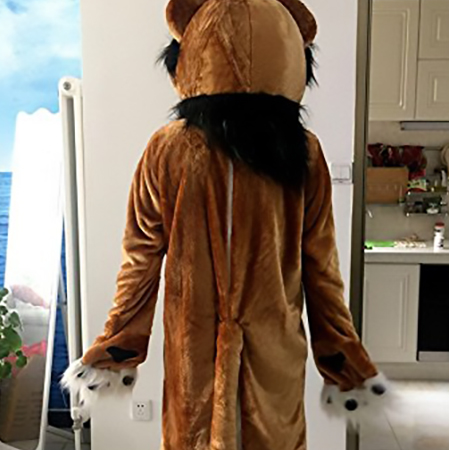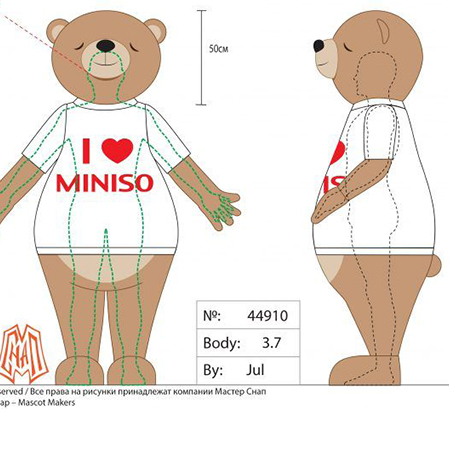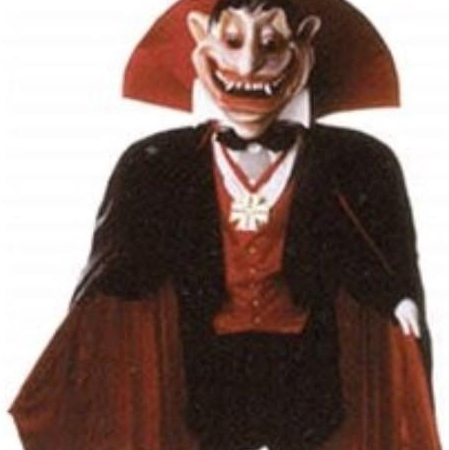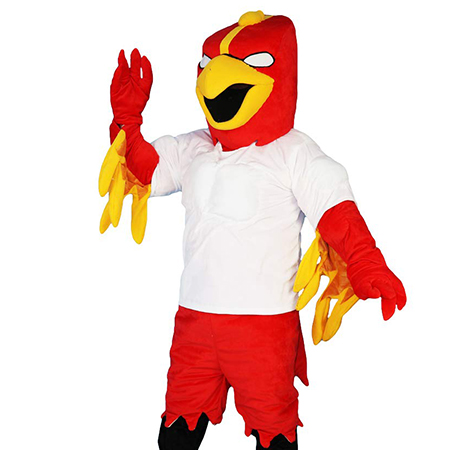Mascot costumes are a staple at various events, from sports games to corporate gatherings. These costumes serve as symbols of brands, teams, and organizations, bringing energy and enthusiasm to any occasion. However, creating a mascot costume that is both visually appealing and comfortable for the wearer is no small feat. It involves a blend of materials science, ergonomic design, and innovative technology. This article delves into the science behind designing comfortable mascot costumes, ensuring that the performer can bring their character to life without compromising on comfort.

The foundation of a comfortable mascot costume lies in its material selection. High-quality foams and fabrics with moisture-wicking properties are often used. These materials help regulate temperature and manage sweat, keeping the performer dry and cool during extended wear. Additionally, lightweight yet durable fabrics like nylon or spandex blends are preferred because they allow for flexibility and ease of movement without causing fatigue.
Ventilation is another crucial consideration. Designers incorporate strategic ventilation panels in areas where heat and moisture tend to accumulate, such as the back and sides of the costume. These panels facilitate airflow, helping to maintain a comfortable body temperature. Advanced designs might even integrate micro-fans or other active cooling systems, which are particularly beneficial for performers wearing heavy or insulated costumes.

Ergonomic design principles also play a significant role in the comfort of mascot costumes. A well-designed costume takes into account human anatomy, allowing for natural movements without restriction. For instance, articulated joints and stretchable sections ensure that bending, jumping, and waving can be performed with ease. The distribution of weight within the costume is equally important. By balancing the costume’s center of gravity, designers prevent undue strain on specific muscle groups, reducing the risk of discomfort or injury.

Another aspect contributing to comfort is the fit and adjustability of the costume. Custom-fitted costumes, tailored to the specific dimensions of the mascot performer, eliminate unnecessary gaps and bunching of material that could cause chafing or overheating. Adjustable straps and closures further enhance personalization, allowing the performer to tweak the fit for optimal comfort throughout an event.
Technology has also made significant advancements in enhancing mascot costume comfort. Innovations like 3D scanning and printing enable precise customization of costumes to the performer’s body shape. Smart textiles embedded with sensors can monitor physiological parameters like heart rate and skin temperature, providing real-time feedback to make necessary adjustments. Furthermore, antimicrobial treatments can be applied to fabrics to inhibit bacterial growth, which helps in maintaining hygiene over long periods of use.

In conclusion, creating a comfortable mascot costume is a multifaceted endeavor that combines advanced materials, ergonomic design, and cutting-edge technology. By focusing on breathability, flexibility, and a tailored fit, designers can ensure that performers can embody their characters with ease and enthusiasm, making every event a memorable experience for both the mascot and the audience.
